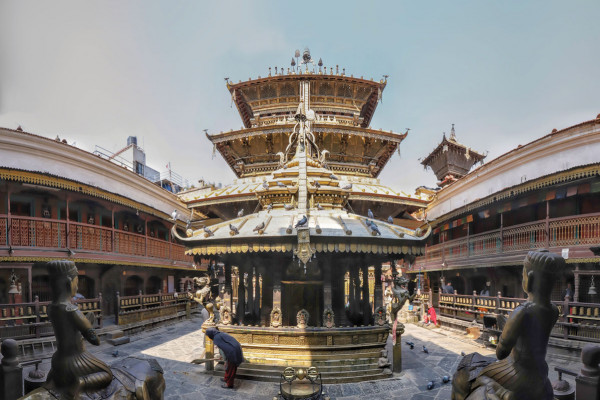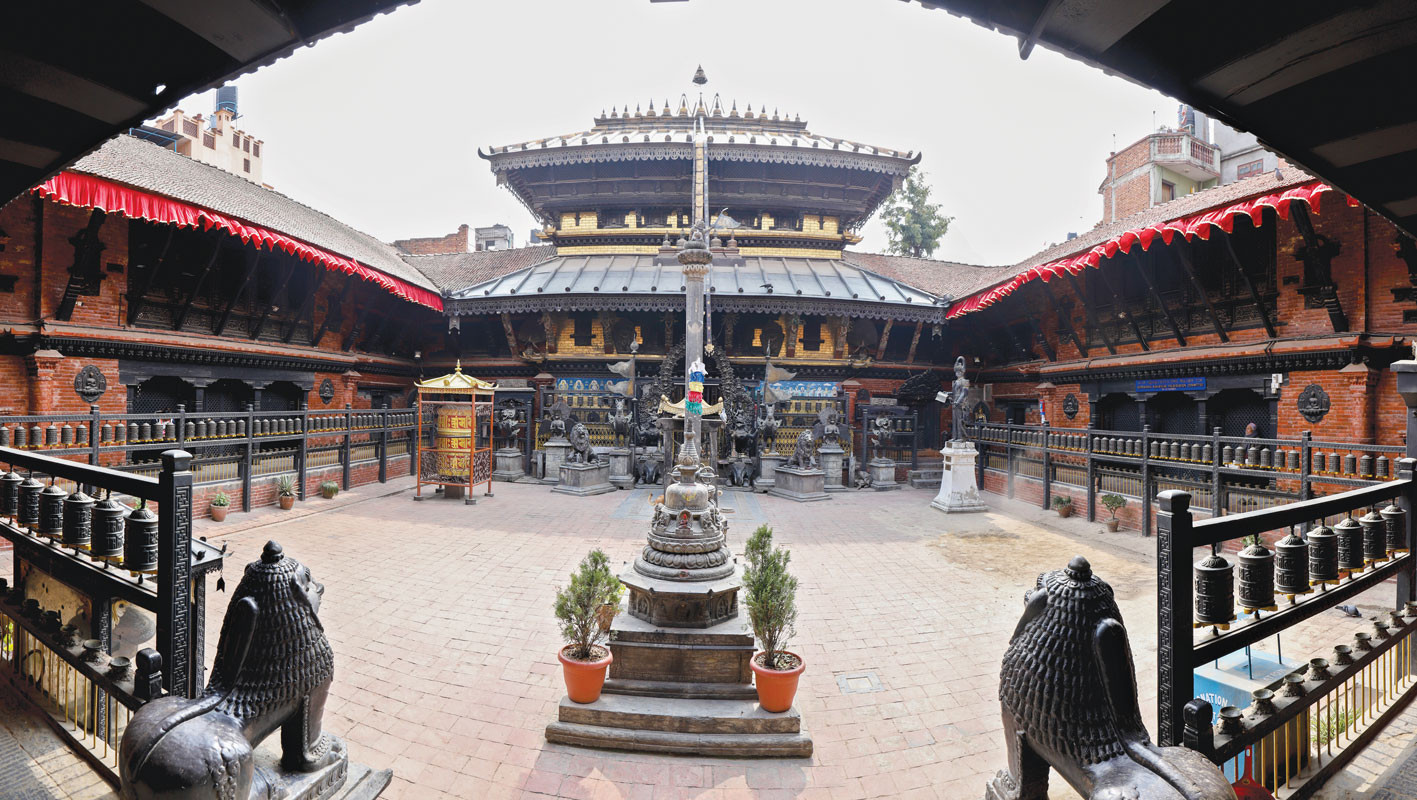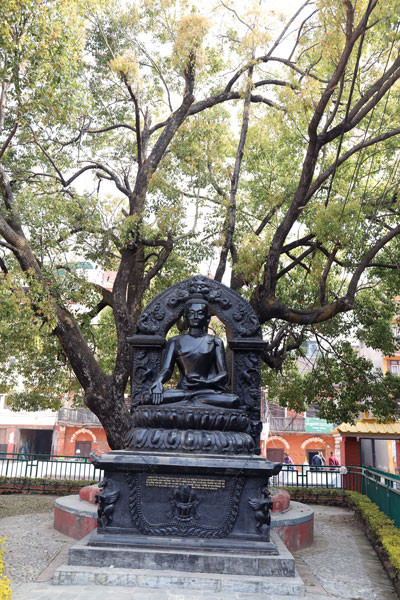Attractions of Patan beyond Mangalbazar

Patan, one of the largest city in Nepal is mostly famous for its historical and cultural features. Known as Yala in Nepali Bhasha (Newari language), Patan has been an epic center of craftsmanship since medieval Nepal. It is believed to be built during third century BC by the Kirat Dynasty which was later expanded by Licchavis in sixth century. Gradually, it was expanded immensely by the Mallas in medieval period. Along with its tradition of arts and crafts, Patan is rich in cultural heritages.
Side by side, it is also known as the city of festivals and feasts, fine ancient art and manufacturing and design hub of metal, stone and wood carvings which can be widely observed in its buildings and public spots (Bahal, water spouts and courtyards). Patan holds a major significance in Buddhist and Hindu cultures and its influence can be felt with a full display of religious art, temples and monasteries. There are around 1,200 Buddhist monuments in this city with several number of Hindu temples including Krishna Mandir and Baglamukhi.
Despite having several diverse attractions, Patan Mangalbazar, an area located at Patan Durbar Square has become a center of attraction. But, there is more to Patan beyond Mangalbazar. Most of the tourists visiting Patan are limited with Mangalbazar, Krishna Temple, Durbar Square and Baglamukhi Temple. However, there are other attractions that should be frequented to know more about the historical and cultural significance of Patan.
Here are other attractions of Patan mentioned below:
Pim Bahal Pond
Pim Bahal Pond is one of the unheard attractions of Patan. Lots of domestic and foreign tourists visiting Patan miss this pond since it is a hidden gem of the Patan, with a three tiered Chandeswari Temple that was built in 14th century. According to the locals of Pim Bahal, this pond was built to overcome the water shortage. The people living in Lalitpur had faced acute water shortage in the 14th century, necessitating the need for a pond. Pim Bahal Pond is currently being renovated.
Rudra Varna Mahavihar
This is a Buddhist Monastery made out of images and statues of metal stone and wood. It is located at Wokhu Bahal in Patan with a belief that Kings in ancient times were crowned in this monastery. This monastery was built by Lichhavi King Shiva Deva in sixth century AD. There are 15 gold plated Chaityas kept in the rooftop of the temple. Passing through the gate way, you are welcomed by two stone carved lions. You can also go to Ubaha Gathicha where three deities Shakyamuni Buddha, Chaitya and Lokeswara are situated.

Ashoka Stupa
It has been said that this city was built in the shape of Buddhist Dharma-Chakra that is four mounds situated at the perimeter of Patan, one at each corner of its major points. These mounds are also known Ashoka Stupas. Based on the history, it has been believed that in 250 BC emperor Ashoka visited Kathmandu Valley and had built four ancient stupas at the four cardinal directions of Patan area that are situated at Pulchowk, Lagankhel, Ebahi and Teta respectively.
Hiranya Varna Mahavihar (Golden Temple)
Hiranya Varna Mahavihar monastery also known as Golden Temple is located at the Kwa Bahal. It is one of the major attractions of Patan as the monastery is gold colored, hence the name, Golden Temple. The temple is beautifully decorated with prayer wheels, more than a dozen of bronze statues of gods, goddesses and protectors, such as lions, elephants. It was built in the 12th century by King Bhaskar Verma.
Nagbahal
Nagbahal is the heart of the Patan city that has two major historic and religious attractions. One is a stone water spout and another is a black statue of Lord Buddha. The ancient history of the stone water spout can be traced back to 11th century, and is also known as Nag Bahal hiti. Around 5,000 residents live in this area, and most of them are from the Newari community with Buddhist background.
Tushahity (The Royal Bath)
Tushahity is a masterpiece of stone carving that is made for royalty. According to the locals in the ancient times, kings used to take bath at Tushahity that is located at Patan Durbar Square. This Royal Bath has been decorated with 74 statues of god and goddess, made out of stone. The royal family used to take bath at the spout and made those statues of god and goddesses so that they could worship all deities at once.
Sundhara (Golden Water Spout)
Most of the people are aware about the golden water spout located in Kathmandu but there is another golden water spout in Patan. People used to be dependent on this spout for water but owing to the dense population in the area, there are constraints in water sources these days.
